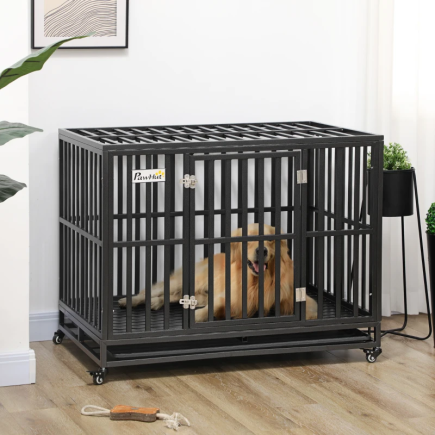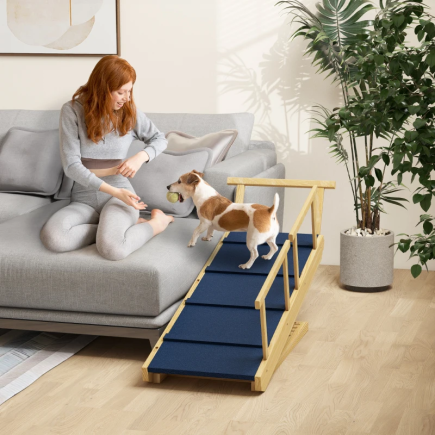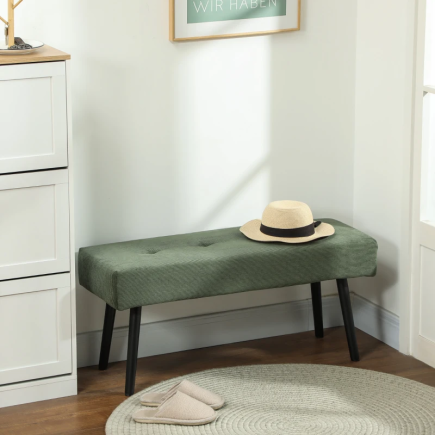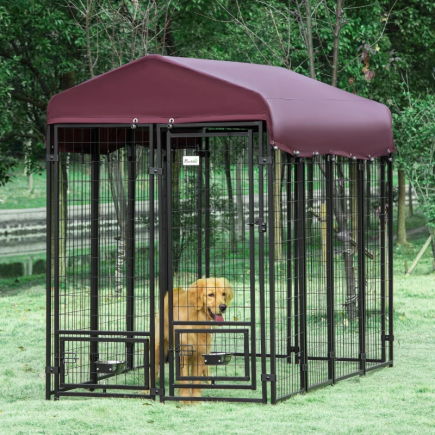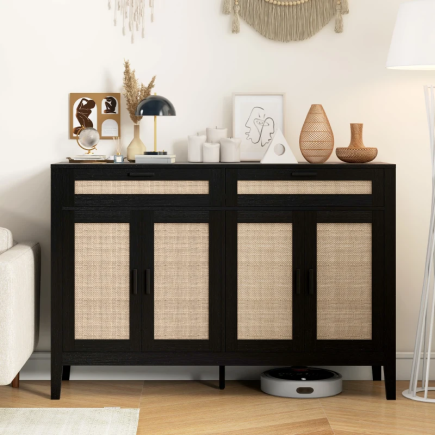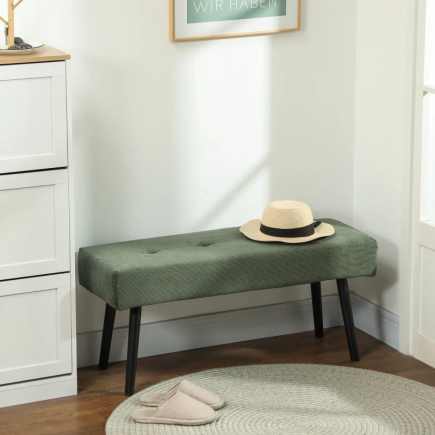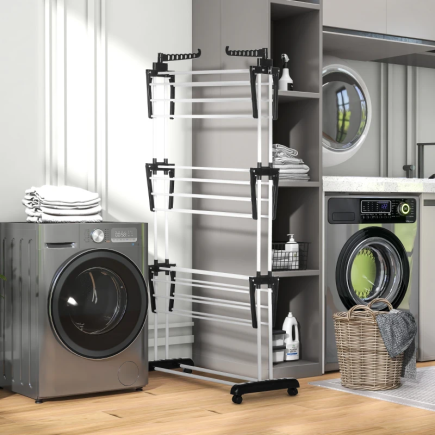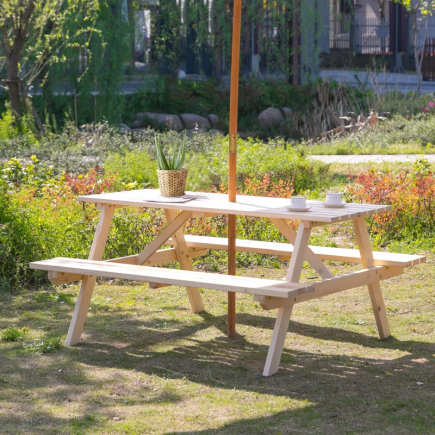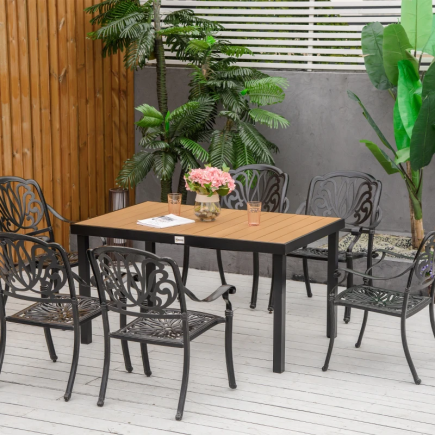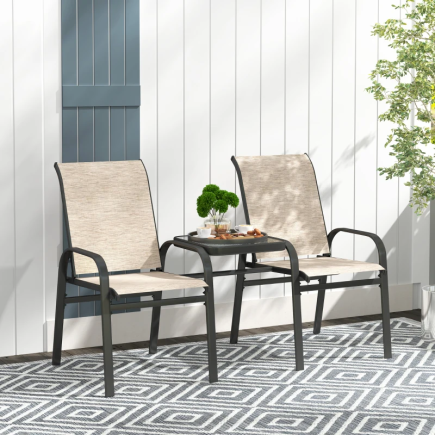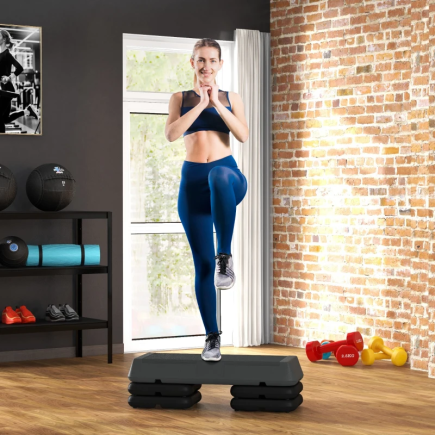An area rug can do more than just sit under your coffee table, it can transform the look, feel, and function of your entire living room. But placing it incorrectly can make your furniture feel disconnected, disrupt visual balance, and even shrink the perceived size of your space.

Whether you’re working with a small apartment or a sprawling open-concept layout, proper rug placement is essential. This article will walk you through the most effective strategies for placing an area rug in your living room covering zoning, layout, spacing, and styling, so your floor plan flows beautifully and your room feels complete.
Map Out the Space Before Placing the Rug
Placing a rug without planning often leads to alignment issues, blocked walkways, or awkward furniture spacing. Mapping the space first helps you avoid these problems.

How to plan
- Sketch the room layout: Include all major furniture (sofa, chairs, tables), door swings, and natural walkways.
- Use painter’s tape on the floor: Outline the exact dimensions of your rug to preview how it fits in the space.
- Walk around the taped area: Make sure there’s enough clearance for movement, door openings, and daily use.
This prep ensures that the rug will align well with furniture and won’t obstruct walkways or door swings.
Front Legs Only vs All Legs On Rug: Which Works Best?
Your furniture’s relationship to the rug determines whether the room feels unified or off-kilter. The two most effective options are:
| Placement Style | Description | Ideal For |
| Front Legs Only | The front legs of sofas and chairs rest on the rug. Back legs remain off. | Smaller rooms or mid-sized rugs |
| All Legs On | Entire furniture pieces rest fully on the rug. | Large rooms with ample space |
Avoid placing all furniture off the rug (the “floating” look). It makes the rug feel like an afterthought instead of an intentional anchor.
How to Place a Rug Under Different Living Room Furniture Layouts
The right rug placement depends on your specific furniture setup. Here’s how to approach each layout:

For Sectionals
- Position the rug so the front legs of all connected pieces sit on it.
- Make sure the rug extends past the chaise to maintain balance and avoid cutting the layout short.
For Sofas and Armchairs
- Place the rug so the front legs of every seating piece rest on it.
- The coffee table should sit fully on the rug and be centered within the seating area.
For Floating Furniture
- If your furniture is not against walls, use a larger rug that allows all legs of sofas and chairs to sit fully on it.
- This creates a defined seating zone and prevents the arrangement from feeling disconnected.
Correct Rug Placement for Small vs Large Living Rooms
Your rug should work with the room’s scale, not against it.
In Small Rooms
- Leave at least 6–8 inches between the rug edge and the wall.
- Ensure the rug tucks under at least the front legs of furniture.
- Let some floor remain visible around the perimeter to avoid visual overcrowding.
In Large Rooms
- A rug that’s too small in a large room creates a “postage stamp” effect.
- Go big enough to fit all main furniture legs on the rug or consider using multiple rugs to define separate zones.
Defining Zones with Area Rugs in Open Floor Plans
In open-plan homes, rugs are your best tool for organizing space without walls.
| Zone | Suggested Rug Size | Placement Tip |
| Living Area | 8×10 or 9×12 | Under seating area, front legs at minimum |
| Dining Zone | 9×12 or larger | Extend 24″ beyond dining chairs when pulled |
| Entry Foyer | 5×7 or 6×9 | Place in the center or near key entry points |
Zoning also helps visually guide guests through your home, especially in high-traffic areas.
Layering Rugs in the Living Room for Depth
Layering adds depth, contrast, and softness especially in neutral or minimal spaces.

How to Layer
- Use a large base rug underneath.
- Top with a patterned or colorful rug that’s at least 60% the size of the base.
- Maintain alignment so the top rug looks centered, not haphazard.
This technique works especially well if your primary rug is slightly undersized.
Round vs Rectangular Rug Positioning
The shape of the rug should complement your furniture layout.

Round Rugs
- Use under circular coffee tables or to soften angular furniture.
- Ideal in reading nooks, corners, or centered under a pendant light.
Rectangular Rugs
- Best suited for classic sofa-and-chair layouts.
- Align edges with the room’s architecture for a structured look.
Avoid pairing a round rug under a large rectangular seating setup, it often creates an unbalanced aesthetic.
Perimeter Clearance: How Much Space to Leave Around a Rug
Leaving breathing room around your rug is key to making it look intentional.
| Room Size | Recommended Clearance |
| Small Living Room | 6–10 inches |
| Medium to Large | 12–24 inches |
Too little clearance makes the rug feel crammed; too much makes it look like a floating mat.
Handling Multiple Rugs in the Same Living Room
If you’re using more than one rug (for example, one under the seating area and another under a reading nook), follow these rules:
- Coordinate styles: Use complementary patterns or a consistent color palette.
- Vary sizes: Different dimensions help visually divide the space.
- Mind the gaps: Leave consistent spacing between rugs to avoid a cluttered look.
Using Rug Pads to Lock Placement and Prevent Shifting
A rug pad enhances safety, comfort, and longevity.
| Rug Type | Best Rug Pad Type |
| Flatweave | Felt + Rubber Backing |
| Shag/High Pile | Non-slip Rubber or Latex |
| Layered Rugs | Thin Felt or Grip Mesh |
Benefits
- Prevents slippage and curling
- Adds softness underfoot
- Protects hard flooring from scratches
Final Visual Check: Flow, Walkways, and Proportions
Before finalizing the placement, do a full walk-through:
- Are walkways clear and natural to move through?
- Does the rug feel centered with the furniture and lighting?
- Do the rug’s edges align with other major room elements?
Quick Tip: If something feels “off,” it probably is. Adjust until the room feels balanced and unified.
Choosing vs. Placing: Why Both Matter
Your rug can only enhance your room when two things happen:
- You select the right rug for your space and needs
- You place it in a way that reinforces flow, comfort, and design
If you haven’t fully determined the correct rug size, shape, or material, you may want to choose an area rug that fits your room before finalizing its placement.
Rug Placement That Works
A properly placed Area Rug doesn’t just complete your living room, it pulls it together in every sense. It defines your furniture layout, enhances walking comfort, and adds warmth and visual order. Whether you’re working with a compact space or a large open layout, following these expert placement rules ensures your rug elevates, not complicates your design.
Measure first, plan carefully, and position with intention. Because when a rug is placed right, everything else in the room just falls into place.
FAQs
1. Can I angle an area rug in the living room?
Yes, angling a rug can add interest in unique or modern spaces, especially with corner furniture arrangements. Just ensure at least part of each seating piece still touches the rug to maintain cohesion.
2. Should a rug go under large, heavy furniture like bookcases or wall units?
No, avoid placing rugs under heavy, stationary pieces like bookcases. It complicates cleaning, causes uneven wear, and can make future rearrangement difficult.
3. Can a rug be used to hide floor damage or uneven surfaces?
Absolutely. A well-placed rug can cover scratches, stains, or uneven patches. Just ensure it’s anchored with a non-slip pad to avoid bunching or tripping hazards.

